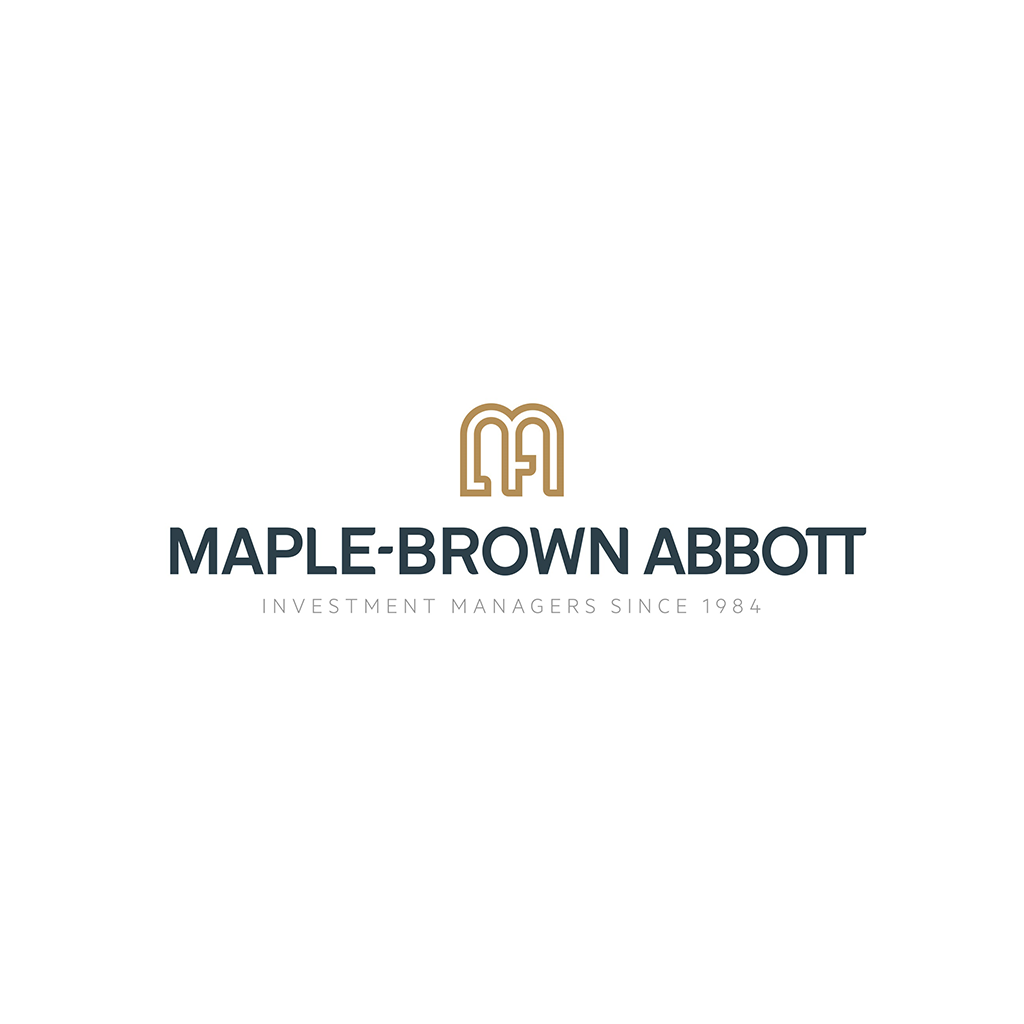
Maple-Brown Abbott Limited
Maple-Brown Abbott Limited is an Australian boutique investment manager focusing on managing Australian value equity, Australian small companies, Asian equity, global listed infrastructure and multi-asset strategies. Maple-Brown Abbott joined the Net Zero Asset Managers Initiative in November 2021 and made its Initial Target Disclosure in November 2022.
Percentage of assets covered by the Net Zero Asset Managers Commitment Statement
49% of total AUM (USD $2.6 billion)
Information on interim target(s) covering the proportion of assets to be managed in line with net zero
Baseline(s):
Portfolio coverage baseline
We used the PAII framework to inform our net zero emissions by 2050 target and set an interim target of a 50% reduction in emissions intensity by 2030 (relative to 2020). As at June 2022, approximately 80% of portfolio companies are ‘committed to aligning’, ‘aligning’, ‘aligned’ or ‘achieving’ net zero emissions. Of this number, 36% are committed to aligning, 5% are aligning, 32% are aligned and 7% are achieving net zero. Around 14% of portfolio companies are currently on the cusp of being upgraded to a higher classification but lagging on one indicator.
Portfolio decarbonisation reference baseline
1208 (tCO2e/$USDm revenue)
Engagement threshold baseline
As at 30 June 2022, 17 portfolio companies are categorised as ‘high impact’. Within this number, 15 have a net zero target for their operational emissions – 10 of which have targets for material categories of scope 3 emissions.
We have a target to engage with at least 40% of companies (by position weight) on ESG, climate change and decarbonisation. We expect to increase this target in the foreseeable future as we have exceeded this target over the past two reporting periods. In saying this, we remain wary that high quality engagement requires multiple meetings, and our efforts are best targeted as opposed to stretched across too many companies to little effect. Our engagement strategy and policy can be found under the additional information section.
Target(s):
Portfolio coverage target
By 2030, we expect 100% of high impact companies to be ‘achieving’, ‘aligned’ or ‘aligning’. All high impact companies that are not ‘aligned’ (at a minimum) will be subject to further targeted engagement and proxy voting activities.
Portfolio decarbonisation reference target
-50% portfolio emissions in intensity terms.
Engagement threshold target
By 2030, we expect 100% high impact companies to be ‘achieving’, ‘aligned’ or ‘aligning’. All high impact companies that are not ‘aligned’ (at a minimum) will be subject to further targeted engagement and proxy voting activities. Climate change and decarbonisation are prioritised in our dedicated engagements and routine interactions with companies.
GHG scopes included:
All scope 1 and scope 2 emissions of Global Listed Infrastructure (GLI) strategy companies are included in the 2050 and 2030 targets. Scope 3 emissions are often poorly and inconsistently reported by companies and excluded from companies’ own targets. Scope 3 emissions are not included in the GLI interim emissions target because data is currently unreliable. We will continually review this position as reporting and data quality improves over time. We routinely engage with companies on this issue through direct and collaborative initiatives. We also engage in policy advocacy on this topic, for instance, by submitting a comment to the SEC on its proposed rule on climate-related financial disclosures. Please refer to the additional information section.
Methodology:
Net Zero Investment Framework
Scenario(s):
The IPCC special report on global warming of 1.5°C pathways 2 (limited overshoot) and 3 (middle of the road overshoot) were used to inform the target. A 50% reduction in emissions by 2030 is in line with Pathway 2 (which models a 47% reduction). Individual stock analysis has been conducted using IEA NZE by 2050 and IEA SDS scenarios (please refer to links under additional information section) to assess alignment.
Additional information
Proportion of AUM committed:
We have made a commitment, as a firm, to enhance our efforts towards implementing the NZAMi commitment and support the goal of global net zero GHG emissions by 2050. Our interim and net zero emissions targets apply to the GLI strategy, which represents 49% of total AUM. In line with the requirements of the initiative, we commit to reviewing review this target at least every 5 years with a view to ratcheting up the proportion to 100% over time. MBA has made strides over the past year, for instance, we have implemented a carbon budget on a client mandate (>1bn AUD) to meet a client’s net zero goal. We will report on firm-wide progress through the initiative.
Policy on coal and other fossil fuel investments:
No. We will not invest in companies actively investing capital expenditure in greenfield thermal coal fired-power generation plants. Equally, we will not invest in companies that derive most of their revenue from fossil fuel extraction and production. We may develop a science-based policy on fossil fuels, however, we need to ensure that such a policy does not constrain the investment universe and cause us to overlook opportunities where companies stand to contribute to an emissions rate of change (but might not be low carbon at this point in time) and where we believe we can provide value-add through active stewardship.
Further information:
Decarbonisation Strategy
GLI Engagement & Stewardship report (2021/22)
GLI Climate Risk report
GLI engagement overview
Comment to SEC on proposed rule on climate-related financial disclosures
Investing in the energy transition
ESG in remuneration
Responsible Investment Policy
Engagement Policy